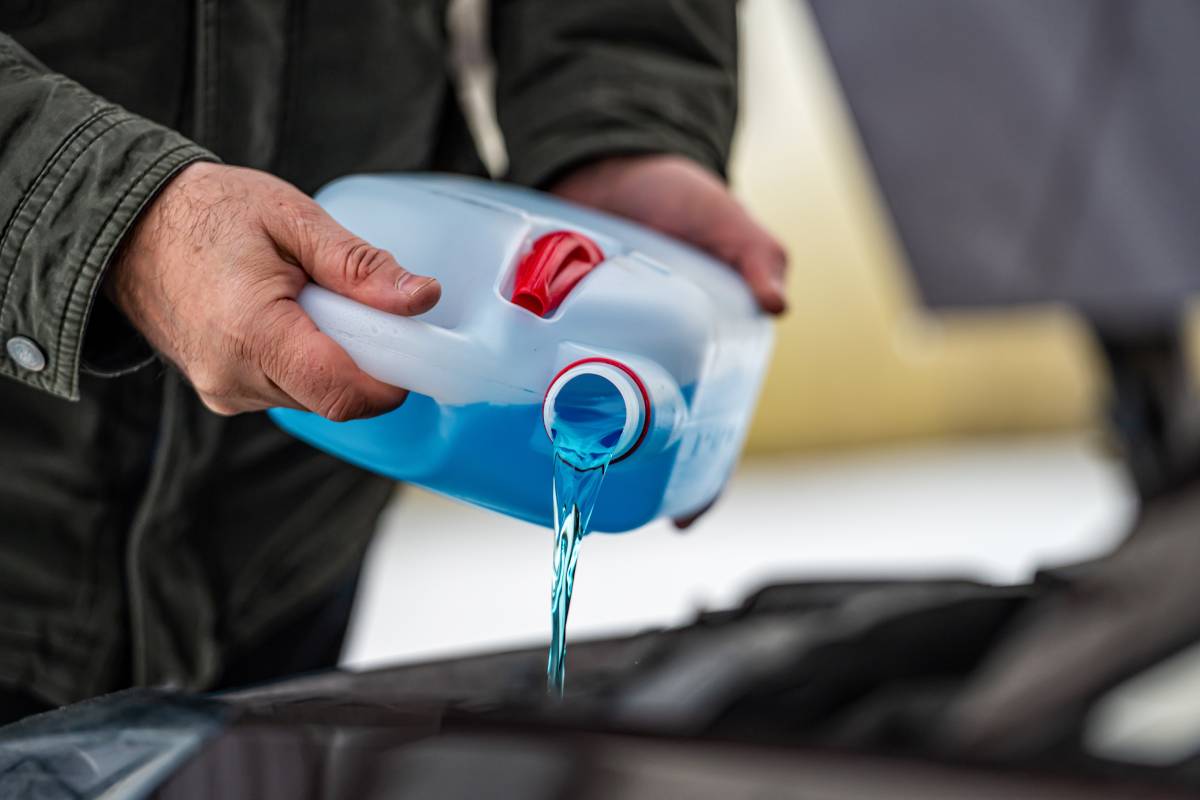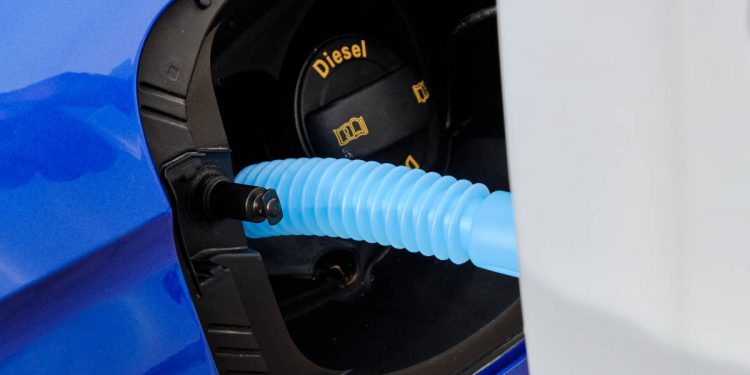Australia’s reliance on diesel engines for heavy-duty transport and some passenger vehicles is undeniable. And while diesels offer exceptional power and reliability, they also generate some rather harmful nitrogen oxide (NOx) emissions.
Thankfully, Selective Catalytic Reduction (SCR) systems paired with AdBlue offer a wonderful solution for cleaner emissions!
In this blog post, we’re going to tackle some of the most common questions about using AdBlue in Australia. Including how often you need to top up your AdBlue, whether it can be done by yourself, if you are still able to drive a diesel without AdBlue, and what happens to your vehicle if you neglect to use it.
Here’s everything you need to know about this awesome and innovative technology…
How often do I need to top up AdBlue?
First things first, how often do you need to top up your AdBlue? This all depends on several factors, such as:
- Vehicle type: Large trucks generally consume AdBlue at a much faster rate compared to passenger vehicles. As such, you’ll likely need to top up your vehicle more frequently.
- Driving habits: Frequent highway driving typically uses less AdBlue than stop-and-go city traffic. Your driving habits will reflect the frequency at which you’ll need to replenish your AdBlue.
- Fuel efficiency: More fuel-efficient vehicles tend to consume AdBlue at a slower rate. So, if you’re rocking an especially fuel-efficient vehicle, you’ll be required to top up your AdBlue less frequently than you would with an inferior vehicle.
As a general rule of thumb, you can expect to top up AdBlue every 5,000 to 10,000 kilometres. However, it’s crucial to consult your vehicle’s manual for specific recommendations.

How do I know if my AdBlue levels are running low?
Most modern diesel vehicles with SCR systems are equipped with an AdBlue warning light on the dashboard. This light typically illuminates when the AdBlue level falls below a pre-determined threshold, usually around 2,400 kilometres before complete depletion – so you will have some time before you need to act.
Of course, ignoring the warning light is not recommended. Here’s why:
- Reduced Engine Performance: Many vehicles with SCR systems automatically limit the amount of power going through your engine if the AdBlue level is critically low. This significantly reduces engine performance and increases driver risk.
- Potential Damage: Running a vehicle on a depleted AdBlue reserve for extended periods can damage the SCR system, thus leading to some rather costly (and avoidable) repairs.

Can I add AdBlue myself?
Most AdBlue tanks on modern diesel vehicles are designed for easy self-refilling. Here’s a general process (refer to your vehicle manual for specifics):
- Locate the AdBlue filler neck, typically situated near the fuel tank.
- Unscrew the cap (ensure the engine is off and cool).
- Use a dedicated AdBlue pump or funnel to avoid spills. AdBlue is harmless to skin but can damage your vehicle’s paintwork.
- Refill the tank until the automatic shut-off valve on the nozzle activates, indicating a full tank.
- Replace and tighten the filler cap securely and wipe away any spills.
- Voila! You’re good to hit the road again.
Can I still drive without AdBlue?
While you can technically start your vehicle and drive a short distance with a depleted AdBlue tank, it’s strongly discouraged for a number of reasons:
- Environmental Impact: Without AdBlue, the SCR system cannot properly function as intended and your vehicle will emit those nasty NOx pollutants, contributing to air pollution.
- Vehicle Damage: As mentioned earlier, prolonged operation with low AdBlue levels can damage the SCR system.
- Reduced Performance and Safety: Limited engine power due to “limp mode” can compromise driver safety, especially during overtaking or navigating inclines.

What happens if I don’t put AdBlue in my car?
The consequences of neglecting AdBlue top-ups can be serious:
- Environmental Fines: Australia has strict emission regulations for diesel vehicles. Not complying with these regulations can lead to hefty financial penalties.
- Vehicle Damage: Running a vehicle with a depleted AdBlue tank for extended periods can damage the SCR system, leading to costly repairs.
- Reduced Engine Performance: Limited engine power due to “limp mode” can be frustrating and impact your vehicle’s overall fuel efficiency.
Final Thoughts
Using AdBlue is an essential part of operating a modern diesel vehicle responsibly in Australia. It ensures cleaner emissions, helps you comply with Australian regulations, and protects your vehicle’s SCR system.
So, by staying suitably informed about AdBlue usage and topping up your tank regularly as required, you can contribute to a cleaner, greener environment and keep your diesel vehicle running smoothly for longer!
We hope you’ve found this article helpful and now have a much better understanding of what AdBlue is, how often you need to replenish it, and why it’s so important to do so.
If you have any further questions, or if you’re looking for a reputable supplier of AdBlue, we highly recommend checking out Ecoblue AdBlue, one of Australia’s leading suppliers of this innovative emissions reduction solutions.
Thanks for reading!












